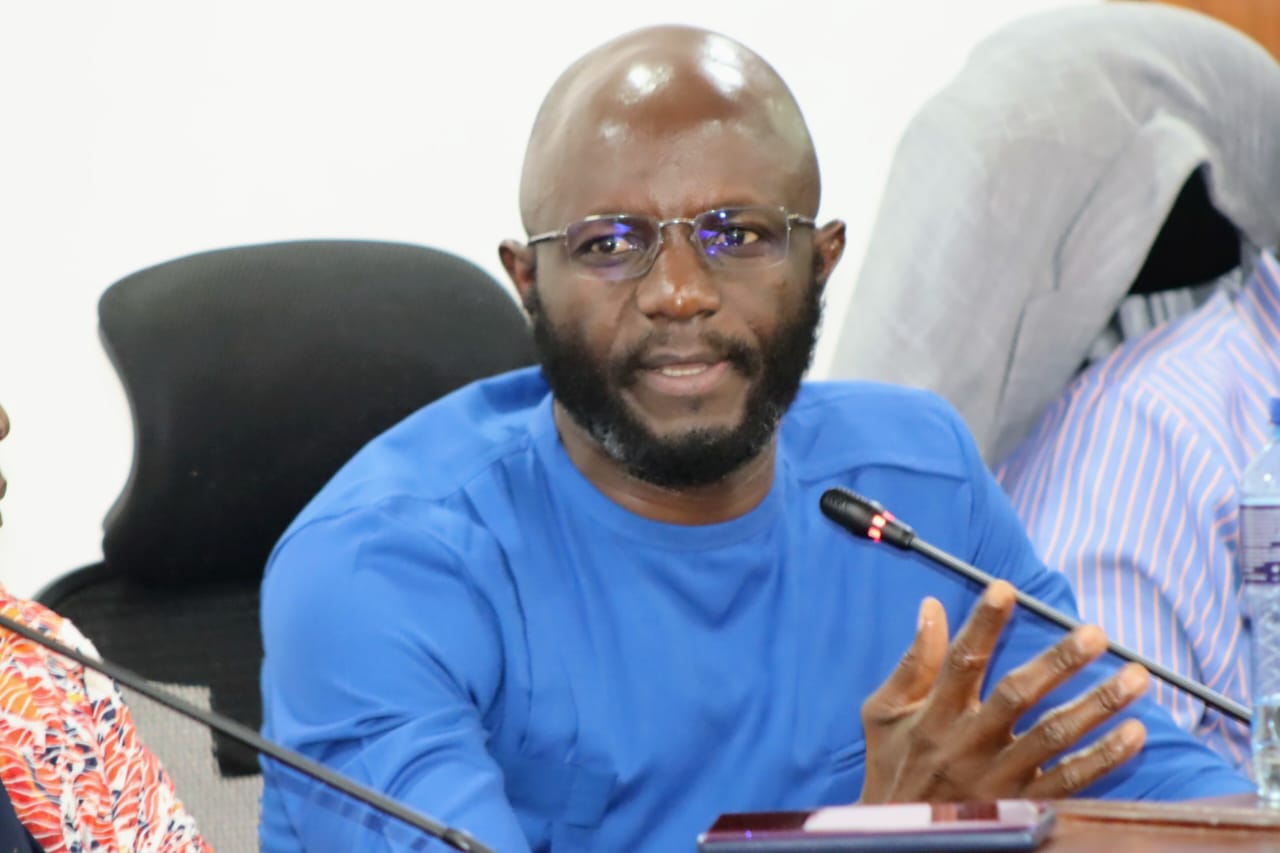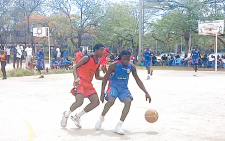World Athletics reveals key step in protecting athletes’ respiratory health

World Athletics has revealed a new plan it has taken to protect the health of athletes.
The measures are meant to help athletes who use the stadium manage their respiratory health.
“Following the installation of a Kunak air quality sensor at the Parc des Sports Charles Ehrmann stadium in Nice, a Lify-Air pollen measurement sensor has also been added, meaning athletes who use the stadium now have access to essential hyperlocal information to help them manage their respiratory health.
“Exposure to airborne pollen is a health concern during outdoor sporting events, and it poses a risk to large numbers of athletes who may suffer an allergic response. Asthma and related allergy symptoms are commonly reported by athletes after competing in endurance events,” World Athletics said.
The Monaco-based body revealed the study they used to base their judgment on before taking the health measures to protect the athletes.
“Almost half the runners questioned (47%) reported upper respiratory symptoms post marathon, illustrating the extent of respiratory issues during and after running events (Robson-Ansley et al. 2012).
“A study conducted during the Comrades Marathon between 2014 and 2019 shows that respiratory disease (asthma, allergenic rhinitis) was the most frequently reported chronic disease (2.4%) (Brill et al., 2023),” the statement added.
Air pollution, greenhouse gases, and global warming are the main causes of the increase in pollen allergies, the governing body noted.
“Air pollution increases the allergen content of pollen and damages its surface, releasing more allergens (Gisler 2021) and likely exacerbating respiratory diseases experienced during the peak of the pollen season.
“Consequently, the prevalence of respiratory allergic diseases among athletes can be viewed in the context of increased exposure to outdoor atmospheric pollutants (particulate matter (PM10, PM2.5) and allergens. All of these factors cause changes in the flowering of plants and in the structure of pollen grains, resulting in a higher incidence of symptoms,” it continued.
Requirements
In order to address these requirements, World Athletics says athletes must understand the timing, quantity, and specific type of pollen they are exposed to.
“It’s very likely that airborne pollens are not evenly distributed over the territory due to differences in topography and vegetation, and that each athletics stadium therefore has its own specificity.
For allergic athletes, pollen and air quality information is the cornerstone of pollen allergy management. Pollen allergy bulletins and forecasts are the best way to limit their exposure to allergens and to adapt their treatments to this level of exposure,” the statement explained.
This effort is set to help educate athletes about environmental risks and enable them to minimize their level of exposure and maintain optimum performance levels.











